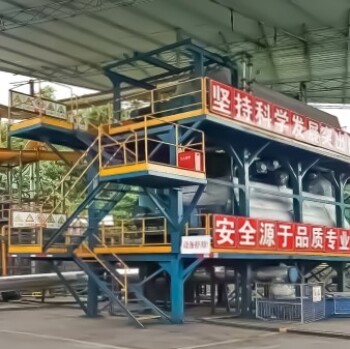The major difference between gasification and pyrolysis of biomass is the presence of oxygen. Pyrolysis is the process of heating biomass in the absence of oxygen resulting in the production of bio-oil, bio-char, and syngas. Gasification, on the other hand, is the process of heating biomass in the presence of limited oxygen resulting in the production of combustible gases such as syngas, which is composed of hydrogen, carbon monoxide, and methane.
Gasification is considered to be more efficient in terms of energy output compared to pyrolysis, and it is also more suitable for the production of electricity and heat. Pyrolysis, on the other hand, produces bio-oil, which can be used as a transportation fuel, and bio-char, which can be used as a soil amendment. Both processes have their advantages and disadvantages, and the choice of process will depend on the specific application and the desired end products.
Pyrolysis and gasification are considered to be more preferable to combustion for two primary reasons. First, they have a higher energy efficiency compared to combustion. Both processes release heat, but they also produce valuable by-products such as bio-oil, bio-char, and syngas. These by-products can be used for various purposes, such as transportation fuels, soil amendment, and activated carbon production. Second, pyrolysis and gasification produce fewer pollutants than combustion. They release fewer pollutants such as dioxins, furans, and particulate matter, which are often associated with burning waste in the presence of oxygen. They also can be used to process a wide range of feedstock, including waste plastics, tires, and biomass, which makes them versatile and more environmentally friendly.
Looking for efficient and versatile biomass conversion solutions? Look no further than KINTEK! Our state-of-the-art laboratory equipment enables you to harness the power of gasification and pyrolysis technologies for energy production, transportation fuels, and soil amendments. Maximize your biomass potential with KINTEK's innovative solutions. Contact us today for a consultation!










